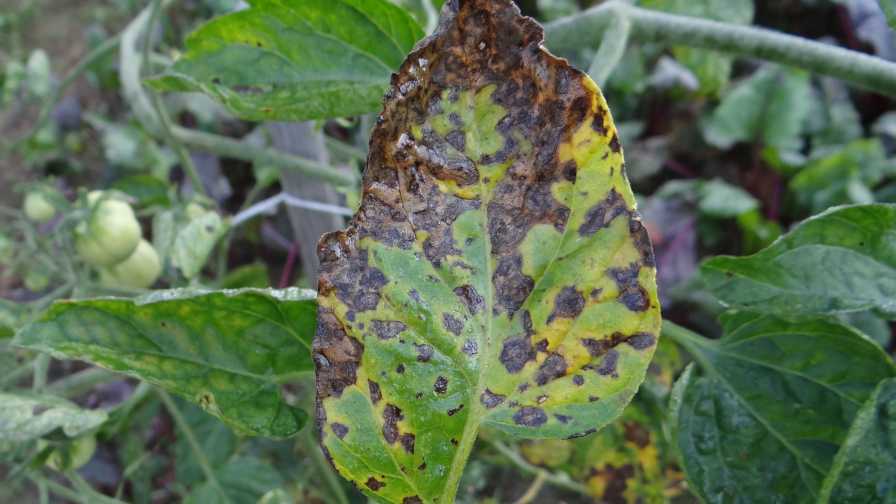
NOT much is being done to combat Environmental antimicrobial resistance as human and animal AMR is being focused on.
This emerged during a National Association of Freelance Journalists (NAFJ) and Centre for Science Environment organized webinar on Thursday.
CSE Deputy Programme Manager, Food Safety and Toxins Rajeshwari Sinha said AMR containment in the waste and environment sector has largely been a neglected agenda.
“Global deliberations now include environment, but there is no specific guidance yet.
“Environment is not the key mandate of is not the key mandate of WHO-FAO-OIE tripartite; tripartite; UNEP only recently included.
“Country level National Action Plans have outlined approaches to address the environmental AMR routes, but there is still inadequate action on the ground.
“Limited awareness and buy-in of policymakers and environmental regulators on the issue; limited expertise on microbiology related aspects,” she said.
It came out that Streptomycin is the commonly abused antibiotic in plants. In plants, AMR is routine use of antibiotics as fungicides in crops to prevent diseases.
The Food and Agricultural Organisation states that environments affected by anthropogenic activities, antimicrobial residues and antimicrobial resistant (AMR) bacteria are found in surface waters, soils, animal and human waste streams, and foods of plant origin.



